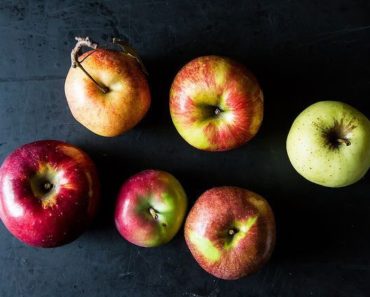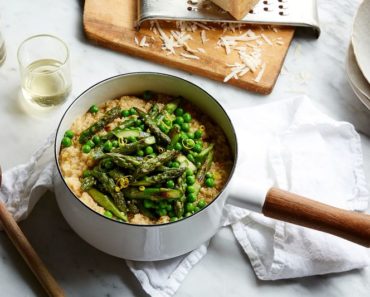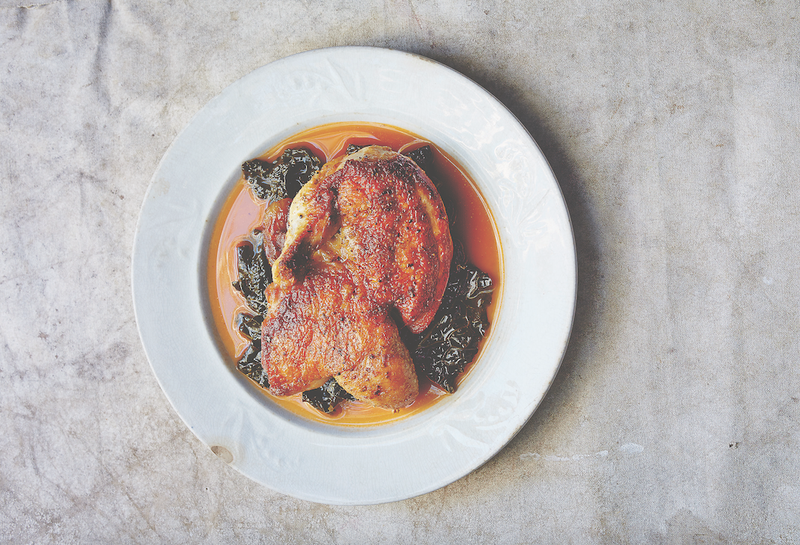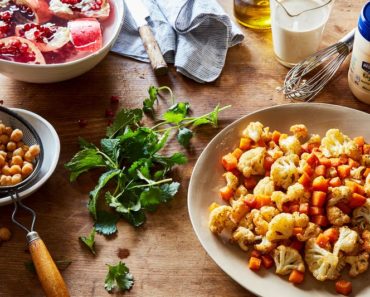Sometimes, no matter how diligently you rotate (or how hard you pray), one section of your pie crust will be pale and another nearly burnt; one part of the macaroni and cheese will be golden-brown while another is pasty; or you’ll pull out a roasted chicken or cheesecake to find it speckled with sunspots.
A potential culprit for weirdly-dappled, unevenly-cooked bakes and roasts? Hot (and cold) spots that are not at the oven’s displayed temperature.
To sniff out your oven’s funny spots, all you’ll need is a loaf of sliced white bread: Turn the oven to 350° F, use the slices of bread to cover the oven racks, and wait a few minutes, until they begin to toast. Make note of which turn brown (hot spot) and which stay pale (cold spot).
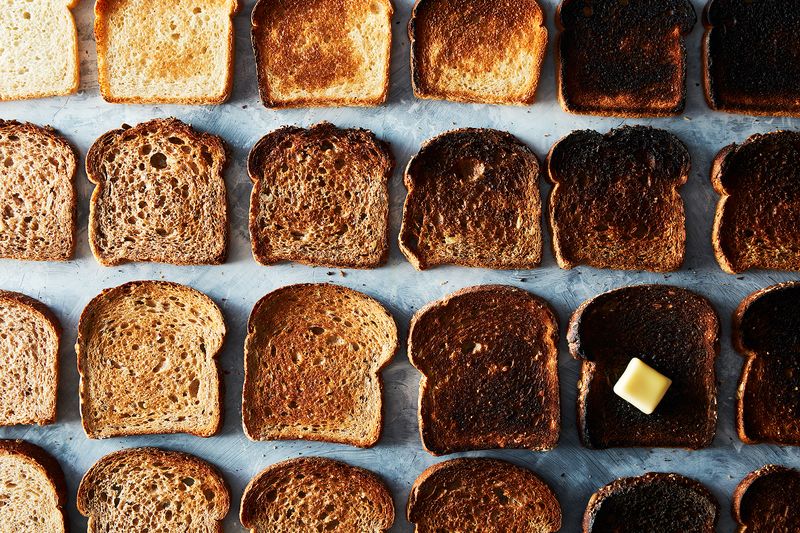
Photo by James Ransom
You’ll be left with tons of toast to turn into breadcrumbs or top with cashewtella—and you’ll have some enlightenment regarding where to place a single item, like a pie or butterflied chicken, and how to rotate multiple sheet trays of cookies.
We found this tip from master baker and author of Art of the Pie Kate McDermott via The Sweethome’s guide to the best pie plate. Marguerite Preston, who conducted the very thorough review, found McDermott’s method very effective, but you can also use a bag of shredded coconut spread out over a sheet tray to run the same test, as Dorie Greenspan recommends.
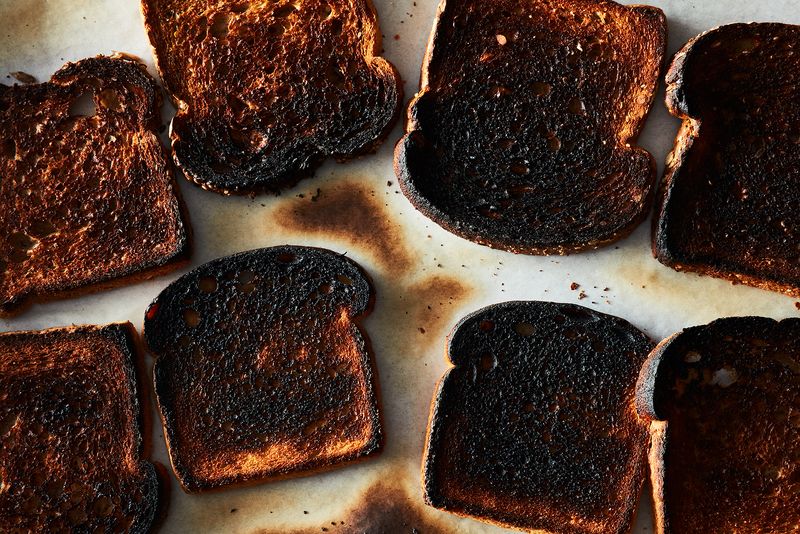
Photo by James Ransom
With your newfound knowledge of where to place your cake pans, take that toasted coconut and turn it into a multilayered coconut cake.
And if you’re still having oven trouble, preheat your oven (and then wait for 10 minutes after it’s reached temperature); refer back to Alice Medrich’s oven rack rules; invest in an oven thermometer; and use a ceramic or steel stone for more even baking.
Oven Wisdom
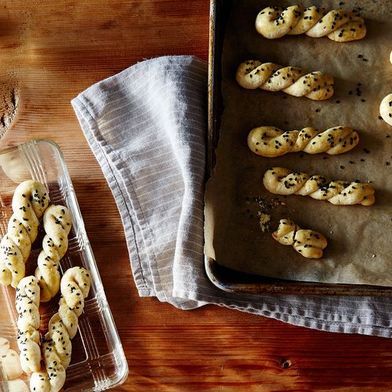
by Alice Medrich
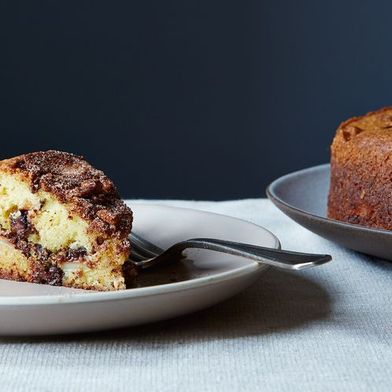
by Sarah Jampel
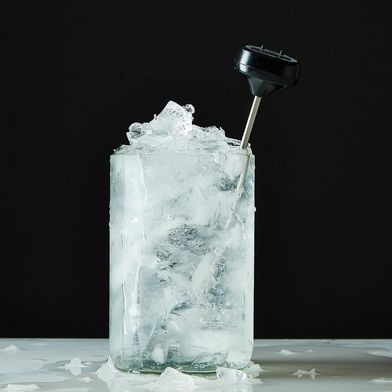
by Alice Medrich
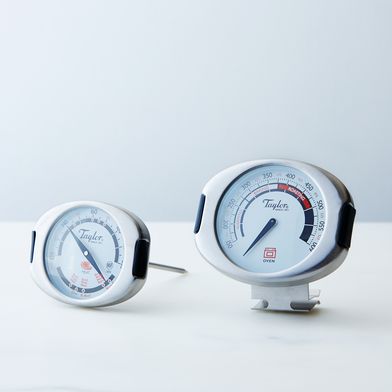
by Jessica Fechtor
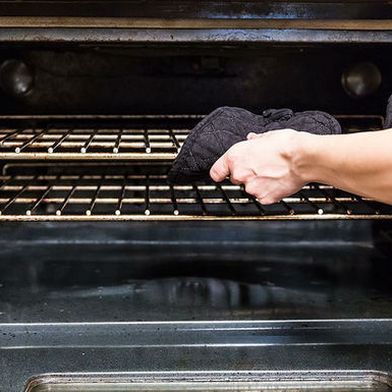
by Alice Medrich
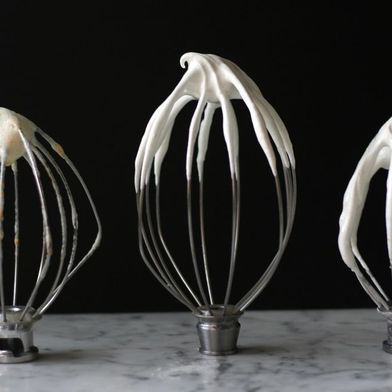
by Sarah Jampel
Do your oven’s idiosyncrasies drive you insane? Have you figured out any smart work-arounds? Tell us in the comments below.
(via Food52)



